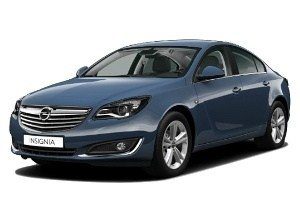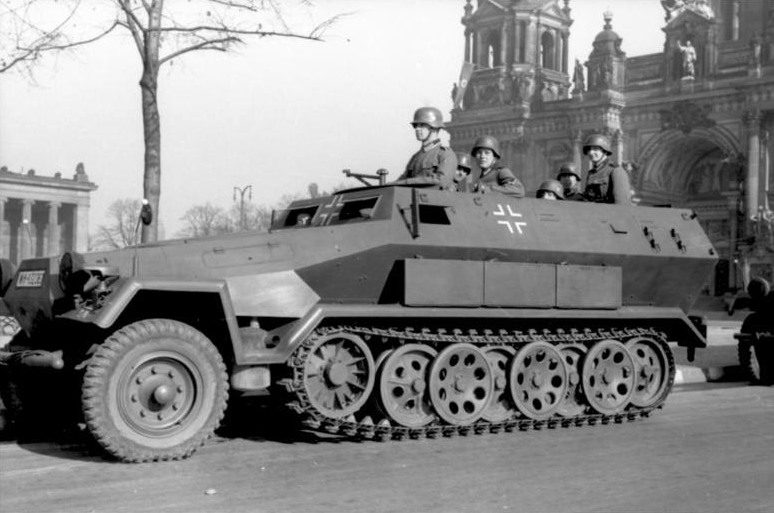
Opel Insignia 5v 2.0 CDTI 170 km Cosmo
Of course, Insignia didn't need surgery as much as it usually does when people get into trouble, but it's still very welcome. Last but not least, a good engine that keeps up with the times is a great investment in the future of the brand, as it will appear in the current model, the new version, as well as in other models of houses.
Before introducing the new Insignia, Opel decided to offer the new engine in the current version. It has been on the market since 2008 and underwent minor updates in 2013. This would seem to be more than a series of improvements to the passenger compartment, as they dramatically improved the user experience when they neatly placed a bunch of buttons scattered across the center console into a large touchscreen information interface. Let's dwell on the main novelty of Insignia. At Opel, they guarantee that despite the same displacement, bore and stroke parameters, the new engine contains only about five percent of the total parts. In the style of European directives, the main rule when assembling engines was to comply with strict environmental standards (Euro 6), while at the same time increasing productivity and economy.
Of course, there were other requirements for engineers, such as less noise and vibration, better responsiveness and flexibility. The new cylinder block is now well reinforced and is expected to withstand up to 200 bar combustion chamber pressure, providing higher engine performance in addition to the existing one. Of course, the turbocharger is also new, and its geometry is now electrically controlled and allows you to adjust the angle of the windmill blades. To reduce vibration, two counter-rotating shafts (driven directly from the main shaft) were installed, and noise was reduced by a two-section crankcase at the bottom of the engine. What does this mean in practice? The first improvement is to notice before we start. Vibrations are almost imperceptible, and the soundstage is incredibly pleasant than we were used to in the previous diesel Insignia.
While the new engine showed ample torque in the lower rev range, we had a bit of trouble starting, which can be blamed on the engine electronics or maybe even the new clutch. All other driving elements are expected to be better with the new engine. There is always enough torque, because 400 Newton meters at 1.750 rpm come to the rescue. 170 "horsepower" provide a nine-second acceleration to 100 kilometers per hour, and the speedometer will stop at around 225 kilometers per hour. On the Insignia we did a normal lap where we were aiming for 5,7 liters per 100 kilometers, which is a very favorable result. For all the impatient ones who can't wait for the new Insignia, this car is a great compromise. It can also be a good investment if the stock sells out before the newcomer arrives.
Saša Kapetanovič, photo: Uroš Modlič
Opel Insignia 5v 2.0 CDTI 170 km Cosmo
Basic data
| Base model price: | 29.010 € |
|---|---|
| Test model cost: | 35.490 € |
| Power: | 123kW (170 KM) |
Costs (per year)
Technical information
| engine: | 4-cylinder - 4-stroke - in-line - turbodiesel - displacement 1.956 cm3 - maximum power 123 kW (170 hp) at 3.750 rpm - maximum torque 400 Nm at 1.750-2.500 rpm. |
|---|---|
| Energy transfer: | engine-driven front wheels - 6-speed manual transmission - tires 245/45 R 18 W (Bridgestone Potenza RE-0501). |
| Capacity: | 225 km/h top speed - 0-100 km/h acceleration in 9,0 s - Combined average fuel consumption (ECE) 4,3-4,5 l/100 km, CO2 emissions 114-118 g/km. |
| Mass: | empty vehicle 1.613 kg - permissible gross weight 2.180 kg. |
| External dimensions: | length 4.842 mm – width 1.858 mm – height 1.498 mm – wheelbase 2.737 mm – trunk 530–1.470 70 l – fuel tank XNUMX l. |
Our measurements
| Measurement conditions: T = 14 ° C / p = 1.028 mbar / rel. vl. = 58% / odometer status: 7.338 km | |
| Acceleration 0-100km: | 9,4s |
|---|---|
| 402m from the city: | 16,8 years ( 136 km / h) |
| Flexibility 50-90km / h: | 7,7s (IV) |
| Flexibility 80-120km / h: | 9,1s (V) |
| test consumption: | 7,0 l / 100km |
| Fuel consumption according to the standard scheme: | 5,7 l / 100km |
| Braking distance at 100 km / h: | 35,1m |
| AM table: | 40m |
| Noise at 90 km / h in 6rd gear | 58dB |
We praise and reproach
quiet work
engine responsiveness
consumption

